Seasons – May 2020
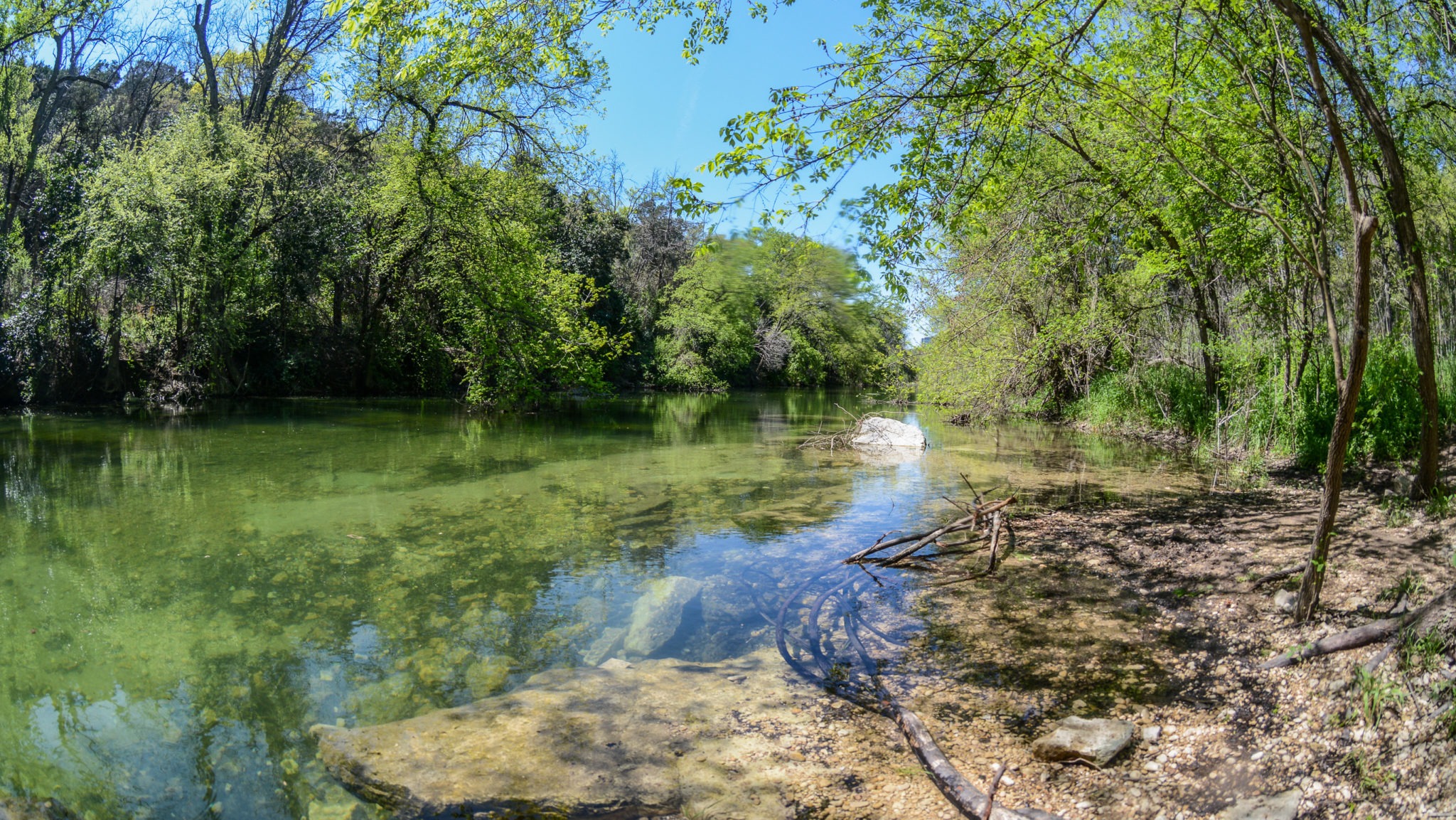
From the Plateau Land & Wildlife Management Team
Summer is right around the corner, and though the rain has been kind this spring, we must prepare ourselves for the heat and remember how rising temperatures can affect our land and the life on it. In this issue of Seasons, you’ll find articles about good riparian stewardship practices, legal considerations for the use of surface water, a featured live-water property for sale, and more!
We hope you enjoy the read and everything this summer has to offer, and if there’s any way Plateau can help you protect, enhance or better enjoy your land during this special season, just give us a call. We’ll be here when you need us.
Until next Seasons,
The Plateau Team
Table of Contents
A River Runs Through It: The Importance of Riparian Zones
Wildlife Management Activity Reminder: Supplemental Water
Service Spotlight: Webinars
Rural Relationships – Domestic & Livestock Use of Surface Water
Plateau Land Group Featured Listing
News for Texas Landowners
A River Runs Through It: The Importance of Riparian Zones
By Shane Kiefer, Director of Ecological Services, Certified Wildlife Biologist and Registered Property Tax Consultant
Rip arian zones occur around lakes, reservoirs, and wetlands, but they are more commonly associated with rivers and streams. There are 15 major rivers that flow through Texas and nearly 200,000 miles of streams and rivers in the state. Not everyone has riverfront property, but many people have some sort of watercourse flowing through their land. The supply of water and nutrients in these areas supports vegetation that does not occur in the surrounding uplands. The diverse structure and composition of these areas provide long, connected corridors of habitat for wildlife. These areas are known as riparian zones or riparian systems.
arian zones occur around lakes, reservoirs, and wetlands, but they are more commonly associated with rivers and streams. There are 15 major rivers that flow through Texas and nearly 200,000 miles of streams and rivers in the state. Not everyone has riverfront property, but many people have some sort of watercourse flowing through their land. The supply of water and nutrients in these areas supports vegetation that does not occur in the surrounding uplands. The diverse structure and composition of these areas provide long, connected corridors of habitat for wildlife. These areas are known as riparian zones or riparian systems.
Wetlands are characterized by soils that are typically saturated by water and poorly drained, but riparian zones only experience periodic flooding in well-drained soils with a water table that is much closer to the surface than in upland habitats. Riparian vegetation relies on occasional access to free water in the water table to survive. Bald cypress, sycamore, pecan, and black willow are just a few of the many plants that require at least temporary access to the water table or elevated soil moisture to thrive.
People, livestock, and wildlife all rely on riparian zones. People utilize them heavily for recreation, as a quick drive to any river during the summer (except perhaps Summer 2020) will tell you. Livestock and people use them for similar reasons – water, food, and cooler temperatures. Many species of wildlife rely on riparian zones to survive. They produce enormous quantities of food and often provide access to the only water available for miles. As with most water-associated areas, the extremes of the surrounding uplands are moderated in riparian zones. While they offer cool shade in the summer, the dense vegetation also offers thermal insulation in the winter.
In addition to providing wildlife habitat, properly vegetated riparian zones also absorb water and energy from floods, reducing downstream flooding and erosion and the damage it causes while increasing infiltration for groundwater recharge. Shading helps keep water temperatures cool, providing higher levels of dissolved oxygen for aquatic organisms. Tree roots and grasses growing along stream banks trap sediment from upstream erosion, helping to clean the water before it moves on. The underground biomass in these systems can exceed what you see growing aboveground, and all that underground material acts like a sponge to absorb, hold, and slowly release water. Since it all flows downhill, proper management of your riparian zones benefits not only you but everyone downstream as well.
 Perhaps the most important aspect of riparian zones for many small landowners is their role as travel corridors for wildlife of all kinds. Small acreage landowners can provide a variety of benefits for wildlife on their property, but these patches of quality habitat are often isolated from each other by different land uses. Heavily wooded streams provide protection for deer, turkey, bobcats, songbirds, and other mobile animals as they move from patch to patch, like a highway system for wildlife. Even if the surrounding habitat is in poor condition, wildlife can use riparian corridors to find quality habitat on nearby properties. Those of you lucky enough to have riparian habitat likely have many more species of wildlife at any given time than those with only upland habitat.
Perhaps the most important aspect of riparian zones for many small landowners is their role as travel corridors for wildlife of all kinds. Small acreage landowners can provide a variety of benefits for wildlife on their property, but these patches of quality habitat are often isolated from each other by different land uses. Heavily wooded streams provide protection for deer, turkey, bobcats, songbirds, and other mobile animals as they move from patch to patch, like a highway system for wildlife. Even if the surrounding habitat is in poor condition, wildlife can use riparian corridors to find quality habitat on nearby properties. Those of you lucky enough to have riparian habitat likely have many more species of wildlife at any given time than those with only upland habitat.
Due to the fact that riparian zones often occupy very small areas in relation to their benefits, they are more susceptible to degradation and poor management. Livestock can be particularly hard on stream banks and riparian vegetation, just as people are along urban rivers. Vehicles can damage riparian areas as well, but this can be mitigated by installing alternate routes or low water crossings. The need to provide access to water and protect your streams and rivers can be balanced by restricting livestock and recreational access to targeted areas, leaving most of the bank in a more natural state. While a long, clean bank of shortly mowed grass with a few trees makes it easy to see and access your stream, it is an entirely unnatural condition that creates a poorly functioning riparian area.
Riparian systems are self-managing in many ways if we can avoid putting up obstacles to natural processes. Sometimes well-meaning efforts such as excessive vegetation removal, dams, removal of large wood, and typical engineered “solutions” often create larger issues by interfering with natural processes. Knowing how to identify functional riparian systems and things that hinder function are the best tools in your management toolbox for these special areas. Sometimes the best management is to stop “managing” so you can get the most out of these habitats that are small in size but big in benefits.
For a wealth of information on riparian areas and their management please visit www.remarkableriparian.org.
Back to TopBack to Top
Wildlife Management Activity Reminder: Supplemental Water
By Kameron Bain, Landowner Account Manager
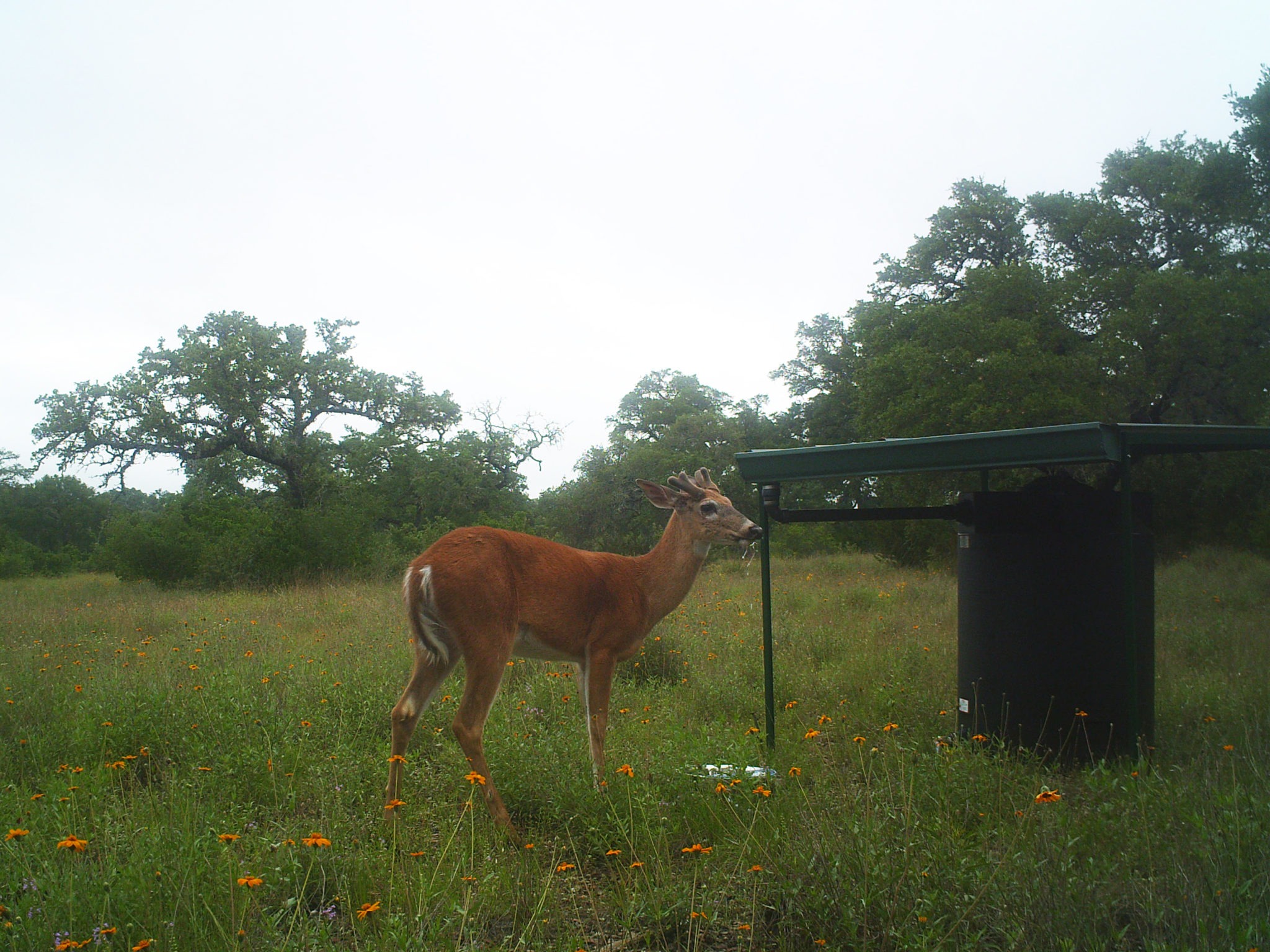
Water is good for every target species, from pollinators like butterflies and bees to larger animals like Wild Turkey and deer. Wildlife can acquire water through three sources: free water, food, and metabolic water. Free water is any water wildlife may drink – from dew to puddles, to a flowing creek. Food provides water in varying amounts, e.g. a fresh grasshopper or fruit provides more water than dried seeds or twigs. Metabolic water is water created inside the body as a by-product of cellular respiration, and many species rely heavily on this source, particularly in arid environments.
The wildlife water source landowners can have the most direct, year-round impact on is free water. Good land management helps reduce runoff and puts water into our aquifers, where it may come up as springs to feed our creeks and rivers. Healthy wetlands and riparian habitats alongside streams help store water for more reliable flows.
Both spring enhancement and wetland creation qualify under Supplemental Water. Note that while these are natural water sources, there is activity in the enhancement or creation. In contrast, having an existing stock tank or pond that is filled by runoff requires no activity on your part, so it does not qualify under Supplemental Water. Constructing a new pond or repairing or enhancing an existing one can qualify under other categories.
For areas on your property that have no natural water, providing artificial water sources through an existing well or livestock trough makes for an easy activity. Setting troughs at ground-level or building a ramp from rocks, wood, or hog panel makes any source wildlife-friendly. Be sure to run it from the inside-bottom, over the edge, and down to the ground outside to grant access to small wildlife and keep them safe from drowning. If you need a new trough, keep in mind that small troughs or pans lose less water to evaporation and cost less than larger livestock troughs.
That’s why we use metal dog pans on our water tables, which is another option for providing water in dry places. No well, no problem. Catch rain on a roof and store it in a cistern or water tank connected to a small pan or trough. This can be particularly good for improving water distribution on your property. Ideally, you should provide a source of free water every quarter to a half-mile across your property, though bigger properties managing for large animals such as deer or Wild Turkey can spread them out farther.
Take new pictures each year of your water sources or water-related activities for your records and annual report.
What qualifies?
- Rainwater collection systems like Plateau’s Water Tables and Small Wildlife Station
- Modified livestock troughs with wildlife-friendly ramps offering safe access for target species – these may be filled automatically or manually as long as the water is reliable
- Well or windmill flow into artificial or earthen holding tanks at ground-level
- Natural spring enhancement / development
What does not qualify?
- Man-made lakes and ponds supplied only by overland flow or natural springs
- Rivers, creeks, streams, etc. that are natural sources (not a supplement but they are great for wildlife)
For questions about your supplemental water activity, or if interested in purchasing a Plateau Water Table or Wildlife Station contact us at plateau@plateauwil1dev.wpenginepowered.com or (512) 894-3479
Back to TopBack to Top
Service Spotlight: Webinars
 Last chance to sign up for Plateau’s Starting Your Wildlife Management Activities Webinar on May 7th!
Last chance to sign up for Plateau’s Starting Your Wildlife Management Activities Webinar on May 7th!
May 7, 2020, from 12-1PM: Starting Your Wildlife Management Activities
A review of the seven wildlife management activity categories and how to get started. This webinar details how to begin implementing your wildlife management activities, provides examples of common practices, and discusses Plateau’s wildlife products and services that count toward your activities.
REGISTER
You can find our schedule and on-demand webinars on our event directory. For more information, contact us at plateau@plateauwil1dev.wpenginepowered.com or (512) 894-3479
Back to TopBack to Top
Rural Relationships – Domestic & Livestock Use of Surface Water
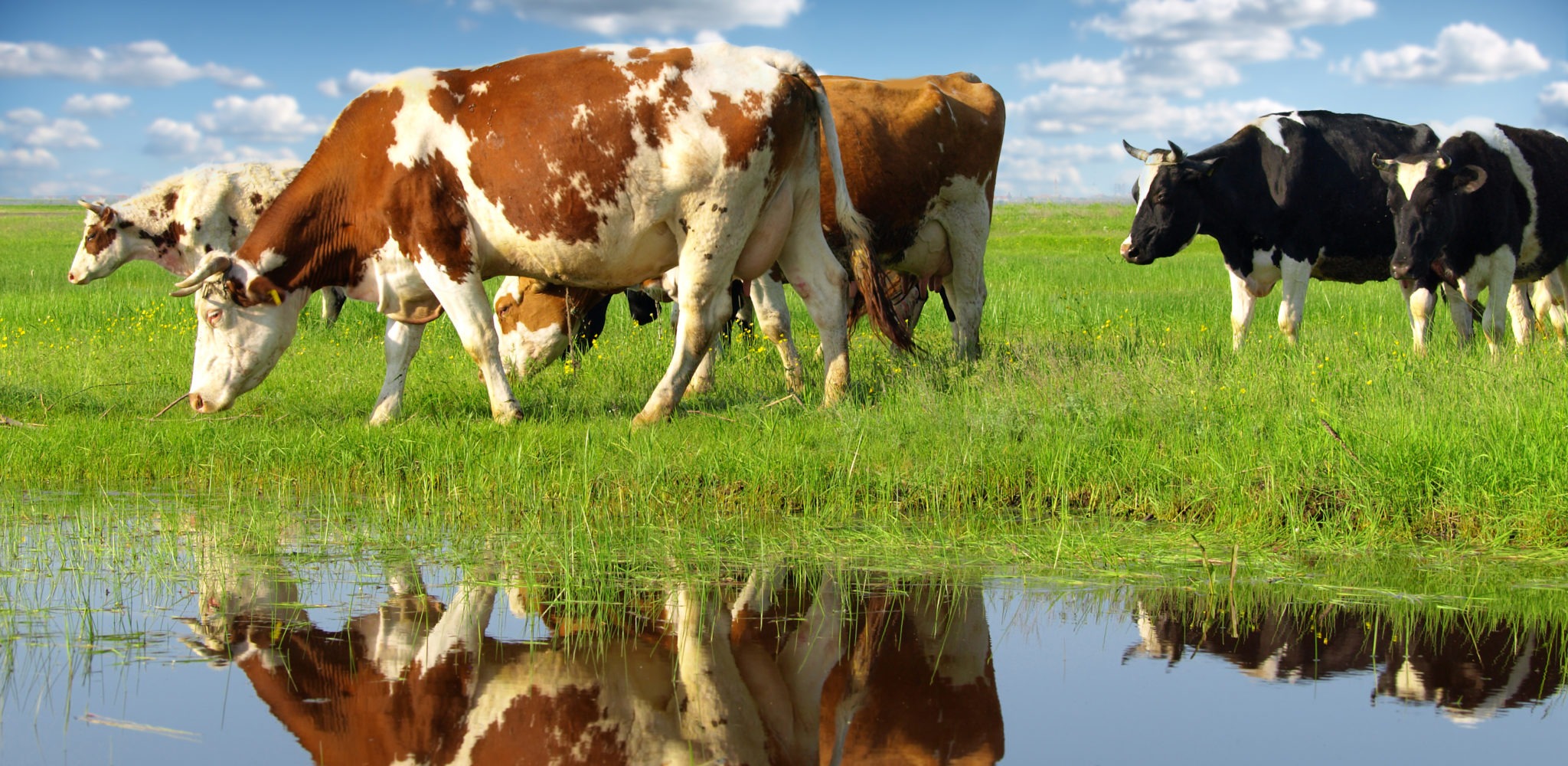
By Margaret Menicucci, Braun & Gresham Attorney and Counselor
With the amount of rain that has fallen in the past few months, many landowners are concerned about Domestic and Livestock use of surface water (“D&L Use”). Though a common practice on rural land, not all landowners understand their rights and obligations in relation to other users of their river or stream. A landowner who has water that runs adjacent to their property, or even through it, will likely have a dam on the property that creates a reservoir to hold water. This right to dam and use the water, in limited quantities, does not require a state permit; the State views the water use as a riparian right and provides a permitting exemption for D&L use. But there are some general rules to keep in mind:
- Each landowner with land along the stream or river has equal rights in the normal flow of the body of water.
- D&L use has quantity limits and the use must be reasonable with respect to the rights of others.
- Water obtained for D&L use must be used on the land that is adjacent to the river or stream.
- Landowners cannot put a dam on navigable waters of the State using the exemption (a permit is required).
Using these general rules as a guideline, every landowner should ask: what is a reasonable use with respect to the rights of others and what protection does a landowner have when they are concerned about a neighbor’s dam or D&L use?
The “reasonable use” concept has been interpreted to mean that the owner of a reservoir for D&L use must be able to return some water to the stream if it is needed by other D&L users (for example during a drought). If water is not made available from a D&L reservoir, the downstream user could turn to the Texas Commission on Environmental Quality (“TCEQ”) or the local court for enforcement.
The D&L use exemption is extremely valuable to landowners. If you have questions about the water rights on your property, we can help you understand and protect this valuable resource on your land.
For more information please contact Braun & Gresham at (512) 894-5426 or info@braungresham.com
Back to TopBack to Top
Plateau Land Group Featured Listing
Stony Brook Ranch
58 Acres, $1,657,000
Dripping Springs, Hays County, TX
Stony Brook Ranch is a gorgeous recreational property featuring over half a mile of Onion Creek, hilltop views, open pastures, wooded trails, a treehouse, and utilities available. Use it as a weekend getaway, or build your dream home just 10 miles from Dripping Springs and 35 miles from downtown Austin.
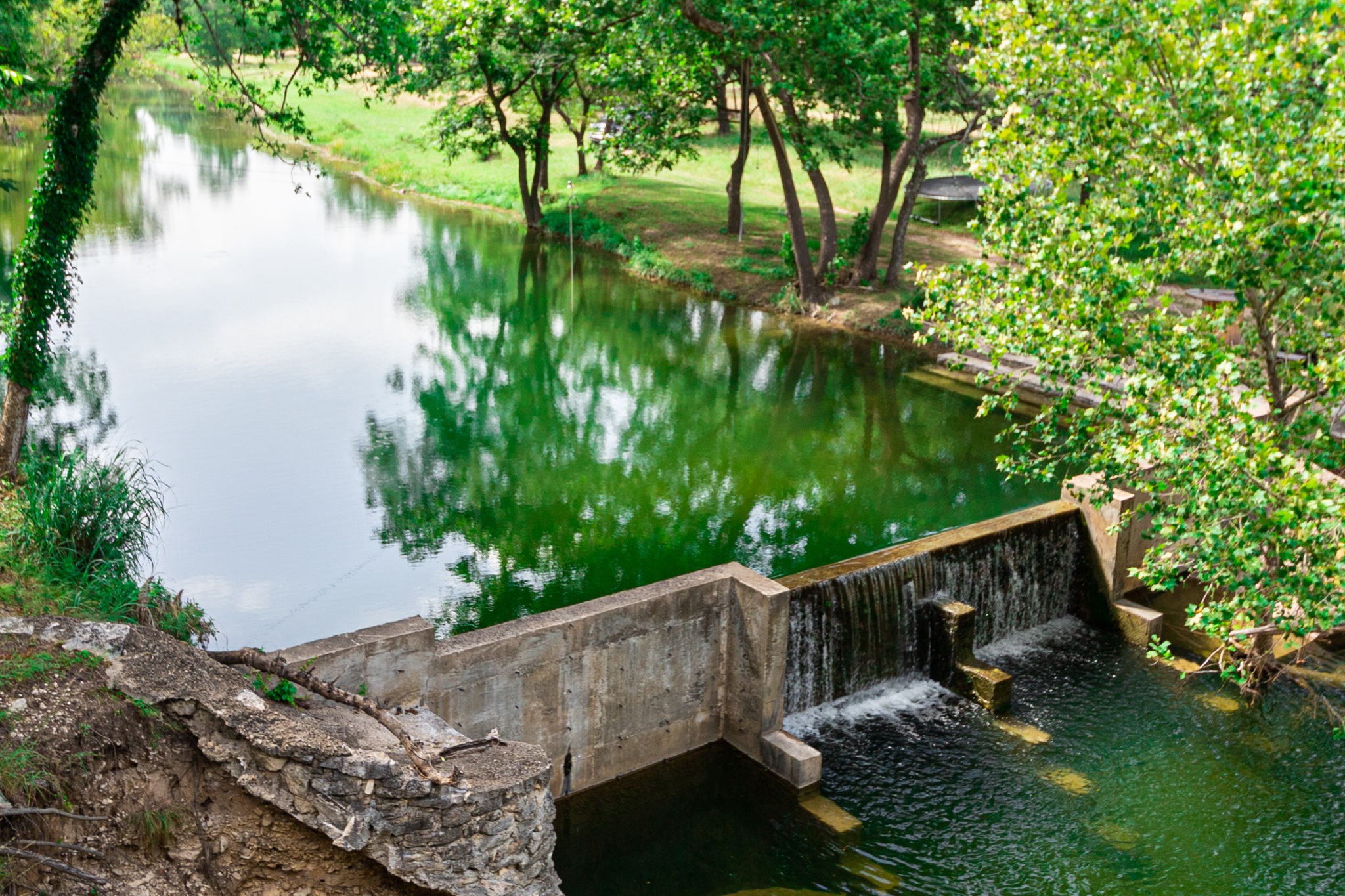
View all of Plateau Land Group’s listings.
Click here to receive Plateau Land Group’s newest listings by email.
News for Texas Landowners
‘Mega-Drought’ Could be In Store for Texas, Western U.S.
Article by Bob Berwyn for San Antonio Express News
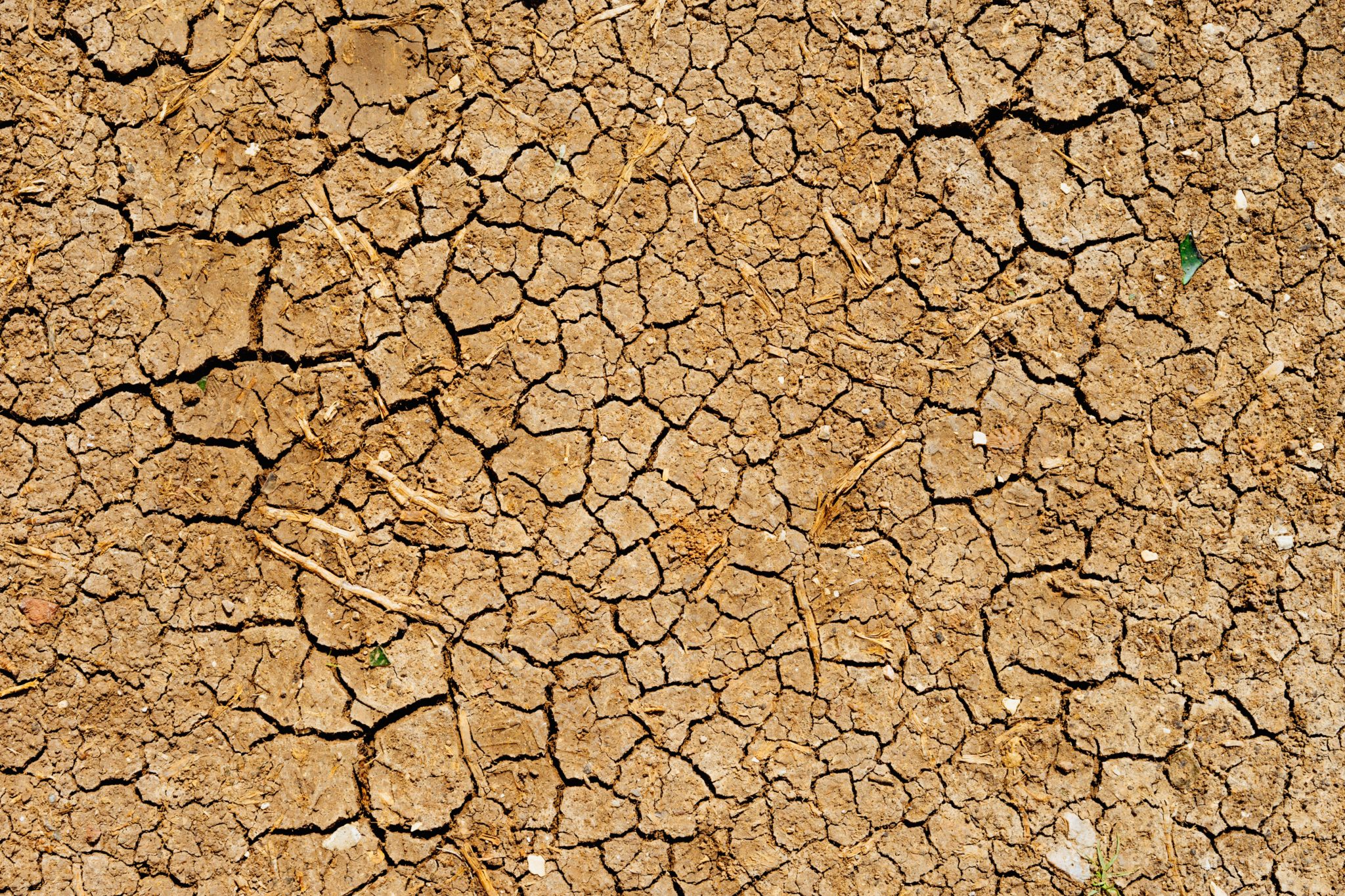
The American West is well on its way into one of the worst mega-droughts on record, a new study warns, a dry period that could last for centuries and spread from Oregon and Montana, through the Four Corners and into West Texas and northern Mexico.
Several other mega-droughts, generally defined as dry periods that last 20 years or more, have been documented in the West going back to about 800 A.D. In the new study, the researchers, using an extensive tree-ring history, compared recent climate data with conditions during the historic mega-droughts.
They found that in this century, global warming is tipping the climate scale toward an unwelcome rerun, with dry conditions persisting far longer than at any other time since Europeans colonized and developed the region…
Monarch Butterfly Gets Protection in ‘Historic’ Deal
Article by Michael Doyle for E&E News
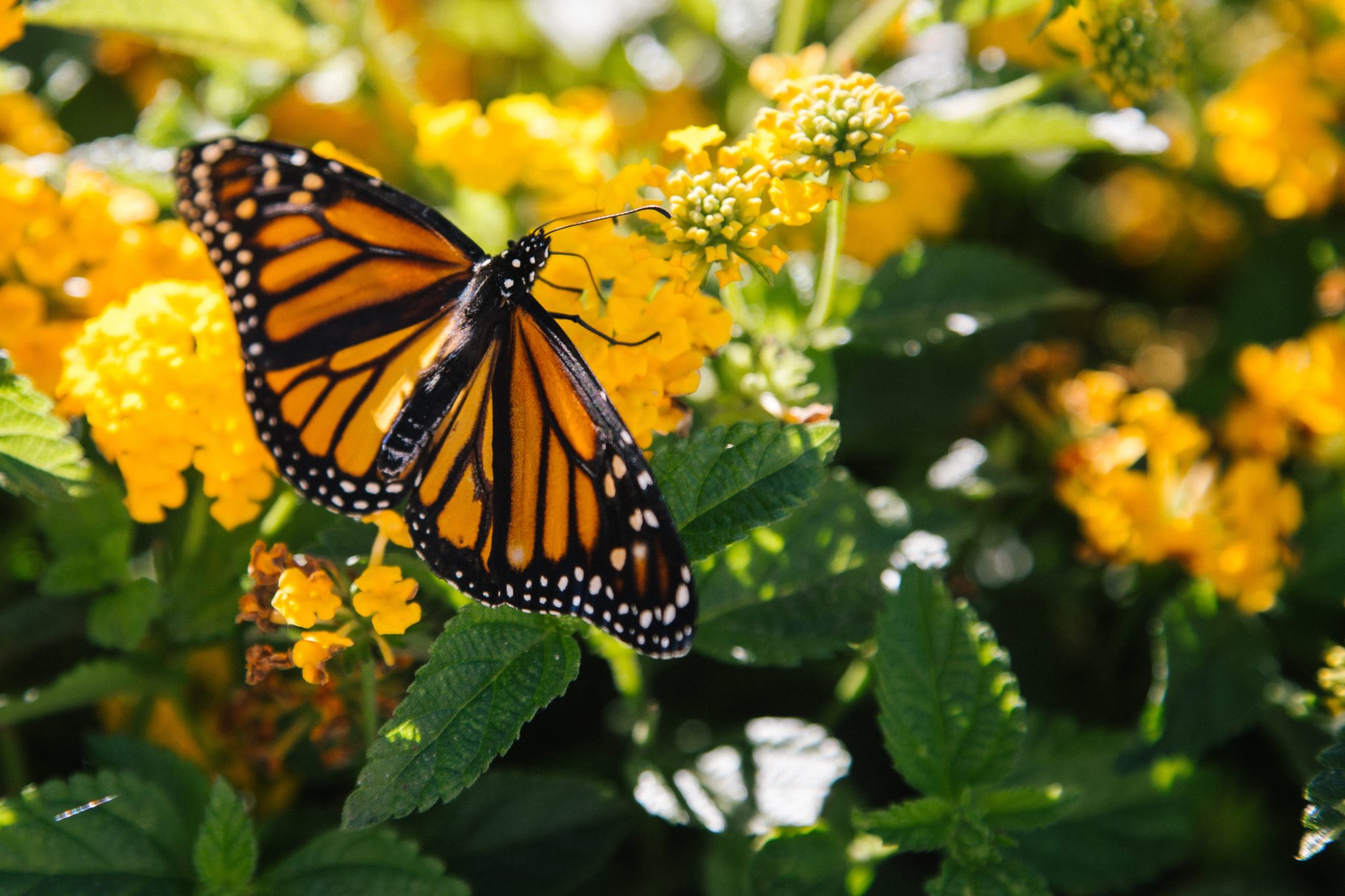
The Fish and Wildlife Service today unveiled a sweeping, multistate plan to protect the monarch butterfly without adding it to the Endangered Species Act list.
A long time in the making, the plan called, in part, a “candidate conservation” agreement unites state and federal officials with energy and transportation industry leaders on a common cause.
“Completing this agreement is a huge boost for the conservation of monarch butterflies and other pollinators on a landscape scale,” FWS chief Aurelia Skipwith said in a statement, adding that it will “provide regulatory certainty for industry while addressing the conservation needs of our most at-risk species.”
City Nature Challenge can Help Us Find Resilience and Mindfulness at Home
Article by DaLyah Jones for The Texas Observer
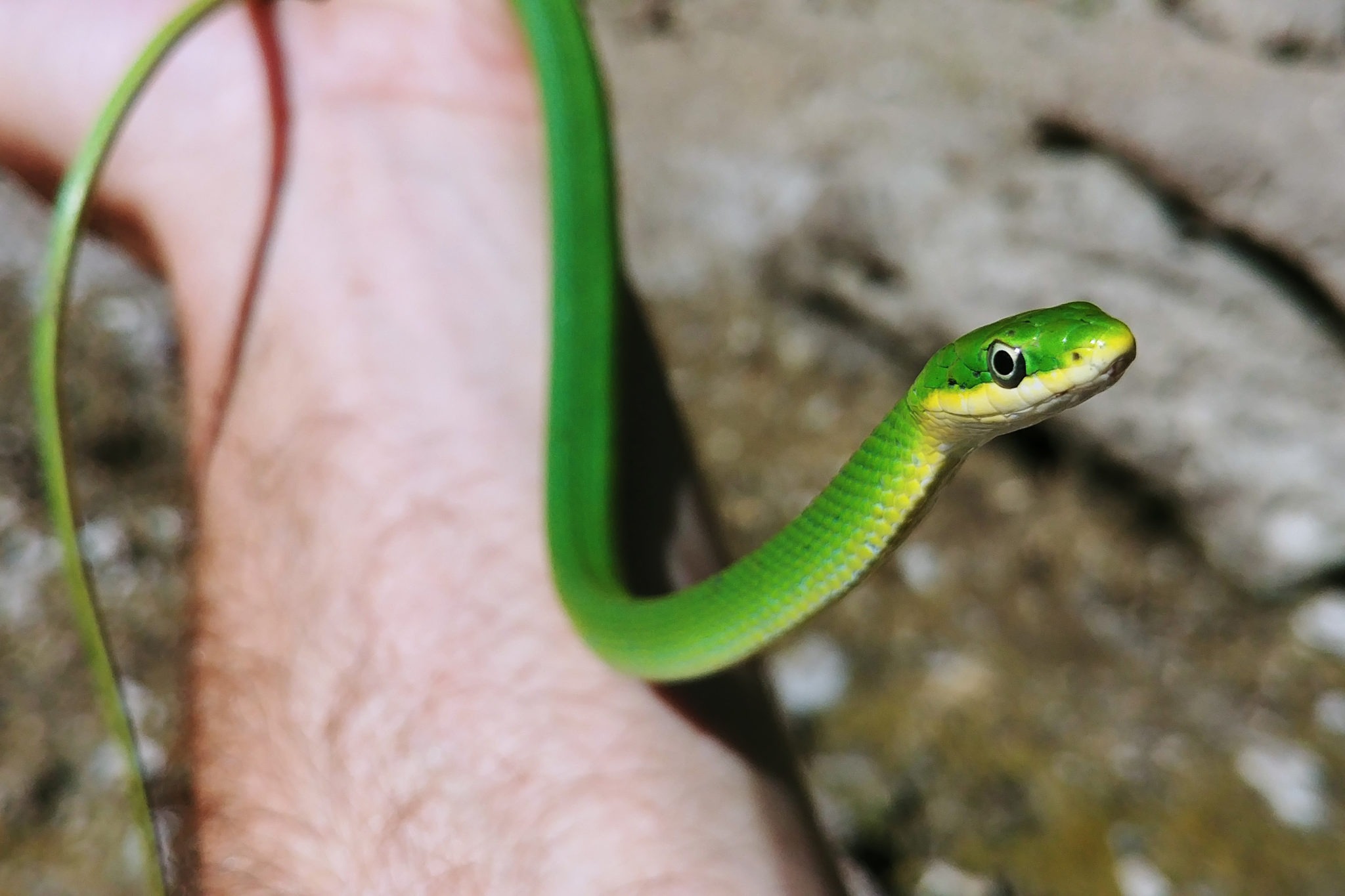
This month, as we continue to struggle with the realities of a global pandemic—and the cooped-up existence it’s brought forth—the arrival of the annual City Nature Challenge (CNC) offers a welcome reprieve. The worldwide community science competition, which aims to document biodiversity around the globe, is a chance for a restorative communing with Mother Nature.
In years past, regional CNC teams would fan out across their area’s nature-rich hot spots, competing to document the most species, while being motivated with live scoreboard updates. But this year, given social distancing precautions, organizers are simply encouraging participants, working in “quaran-teams,” to record what they can, even if it’s in their own backyard.
Back to TopBack to Top






Sorry, the comment form is closed at this time.